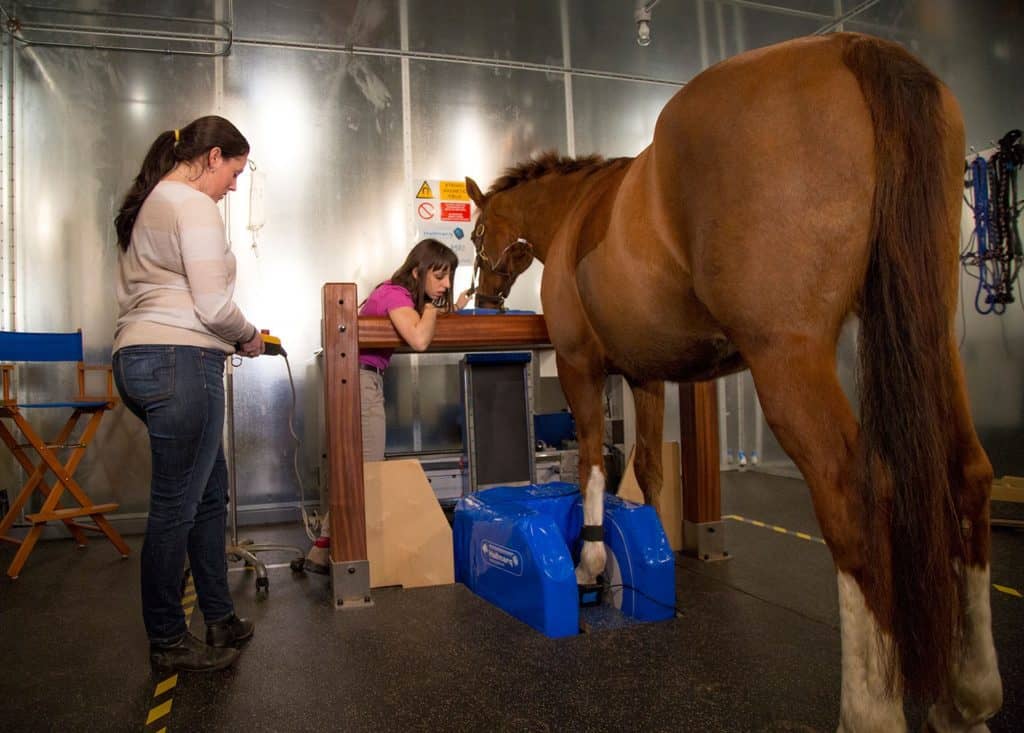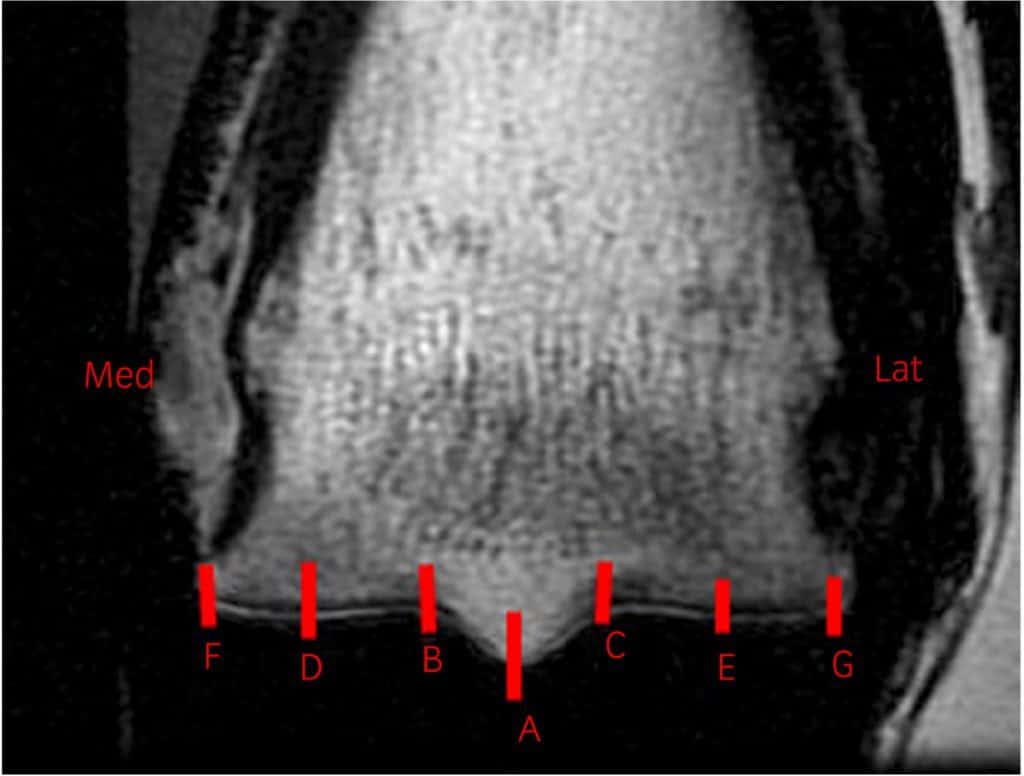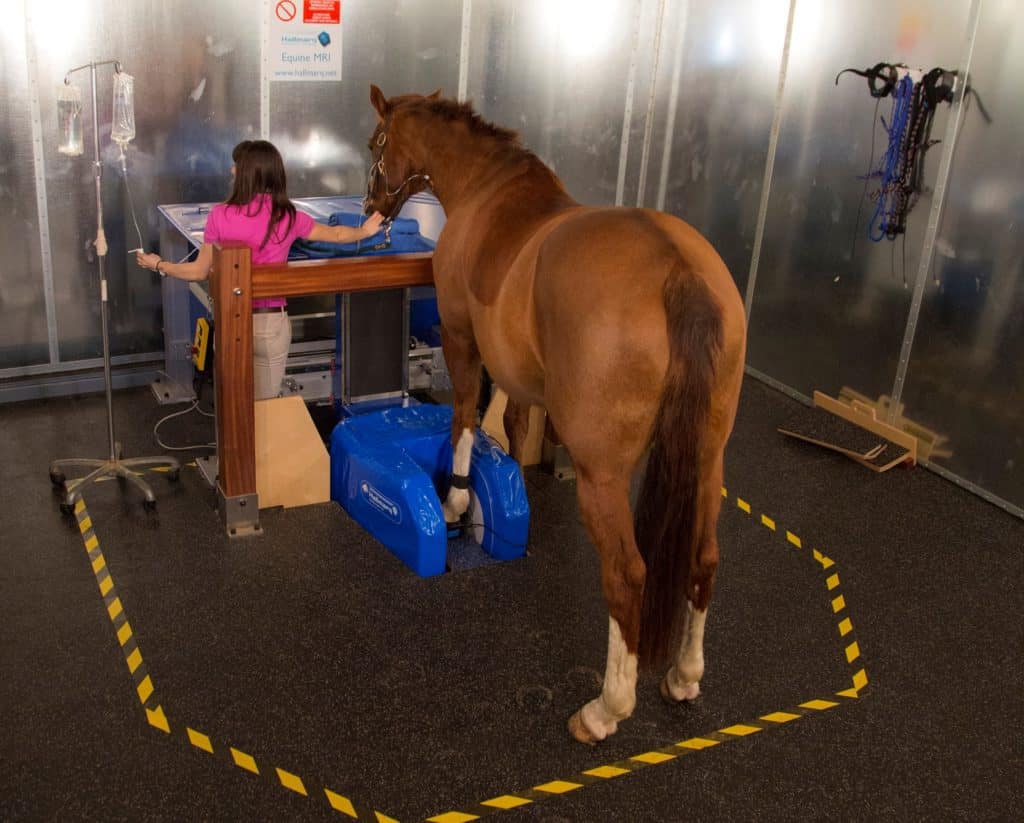
Hot Topics in Hoof Care, Part 3: The Role of Imaging
Find out how veterinarians and farriers rely on imaging to evaluate the horse’s hoof.

Find out how veterinarians and farriers rely on imaging to evaluate the horse’s hoof.

Take a look at the evolution of diagnosing distal limb lameness in sport horse practice with Dr. Brendan Furlong.

Veterinarians can keep diagnostic costs lower by using as much information from routine tests as possible.

Veterinarians have begun research, using the scanner in a clinical trial on client-owned horses.
The new unit allows veterinarians to perform high-definition CT scans on standing or recumbent (lying down) horses.

A look at noninvasive high-tech therapies–from lasers to ceramic-thread blankets–and how they might help horses heal.
Lecture topics will include neurologic and orthopedic problems, imaging techniques, and treatment and rehab options.
Dr. Kathryn Wulster is a radiologist and assistant professor of diagnostic imaging at Penn Vet.

Drs. Tim Parkin and Sarah Plevin describe studies focused on predicting injury before it occurs.

Researchers found that standing MRI is effective for viewing the difficult-to-image ligaments in the horse’s lower legs.
Dr. Kathryn Wulster will use advanced imaging systems, including MRI, CT, and robotics-controlled imaging.

Only enlarged proximal sesamoid bones were identified as being a risk for delaying a 2-year-old’s first start.

Penn Vet researchers tested more efficient ways to identify blood compatibility and type prior to transfusions.

This approach involves inserting a video endoscope into the epidural space to visualize potentially painful lesions.
The new fees came into effect on July 1.

Understand the costs of veterinary care before you’re faced with a sick or injured horse.
Stay on top of the most recent Horse Health news with
"*" indicates required fields